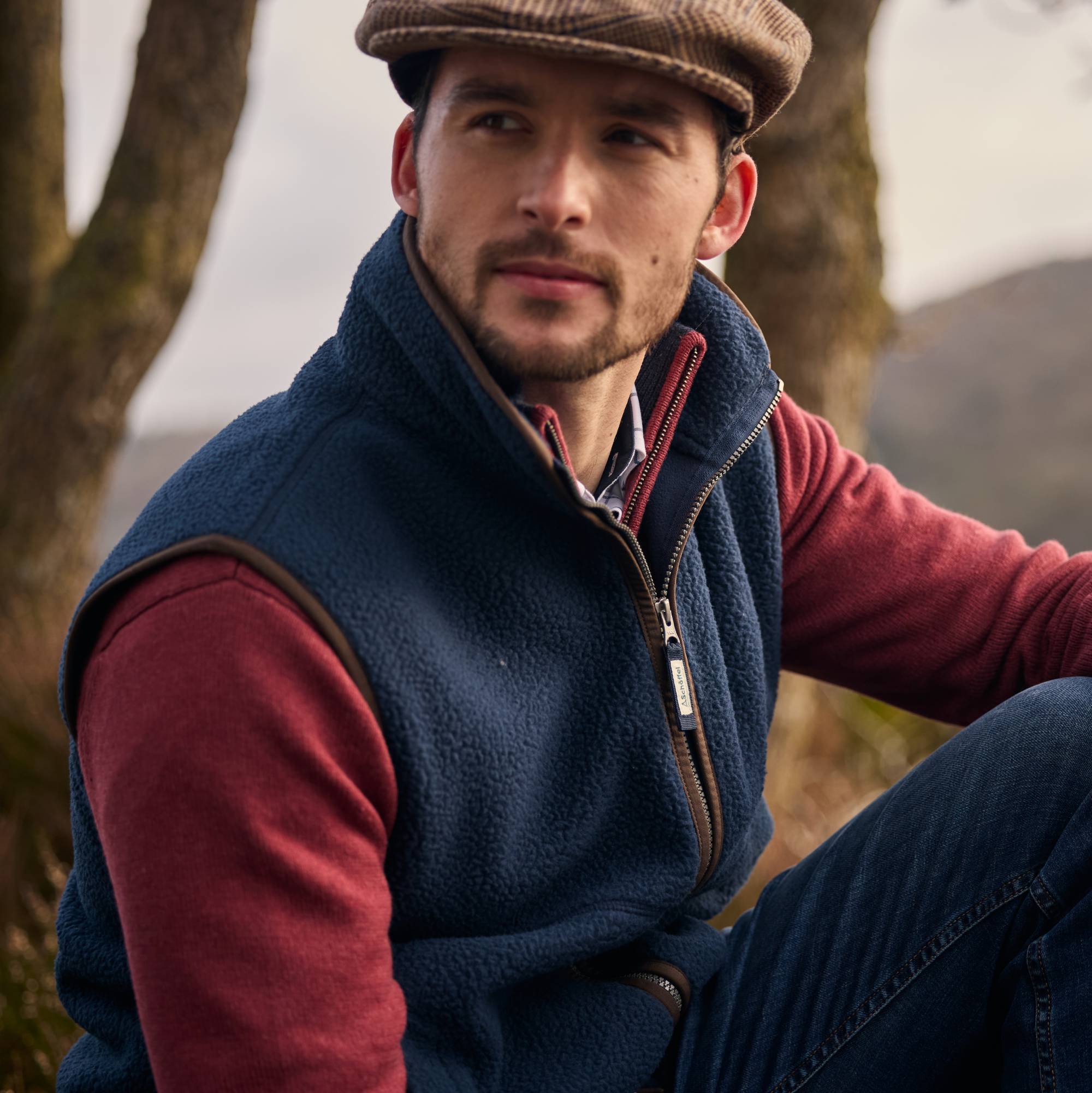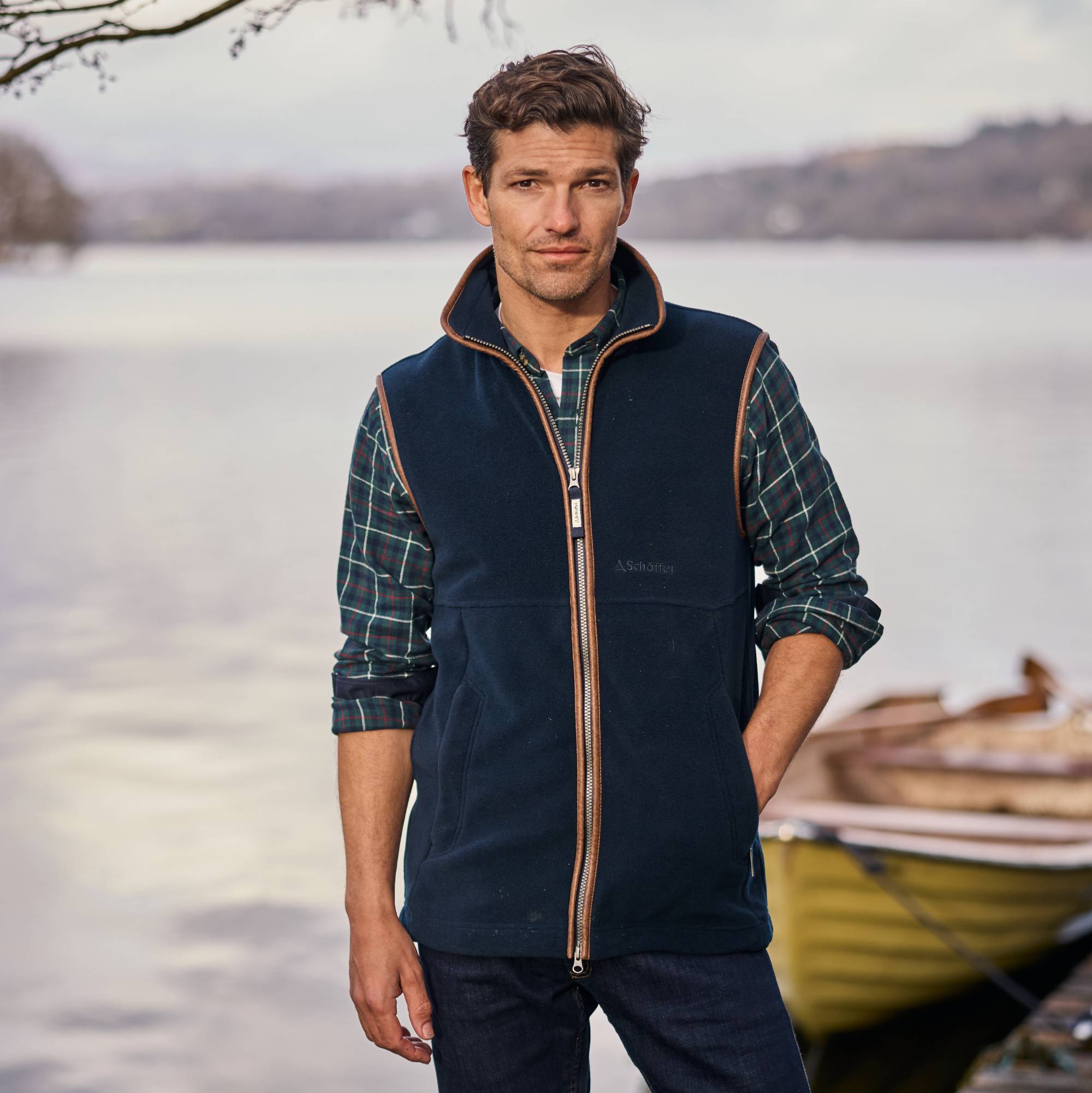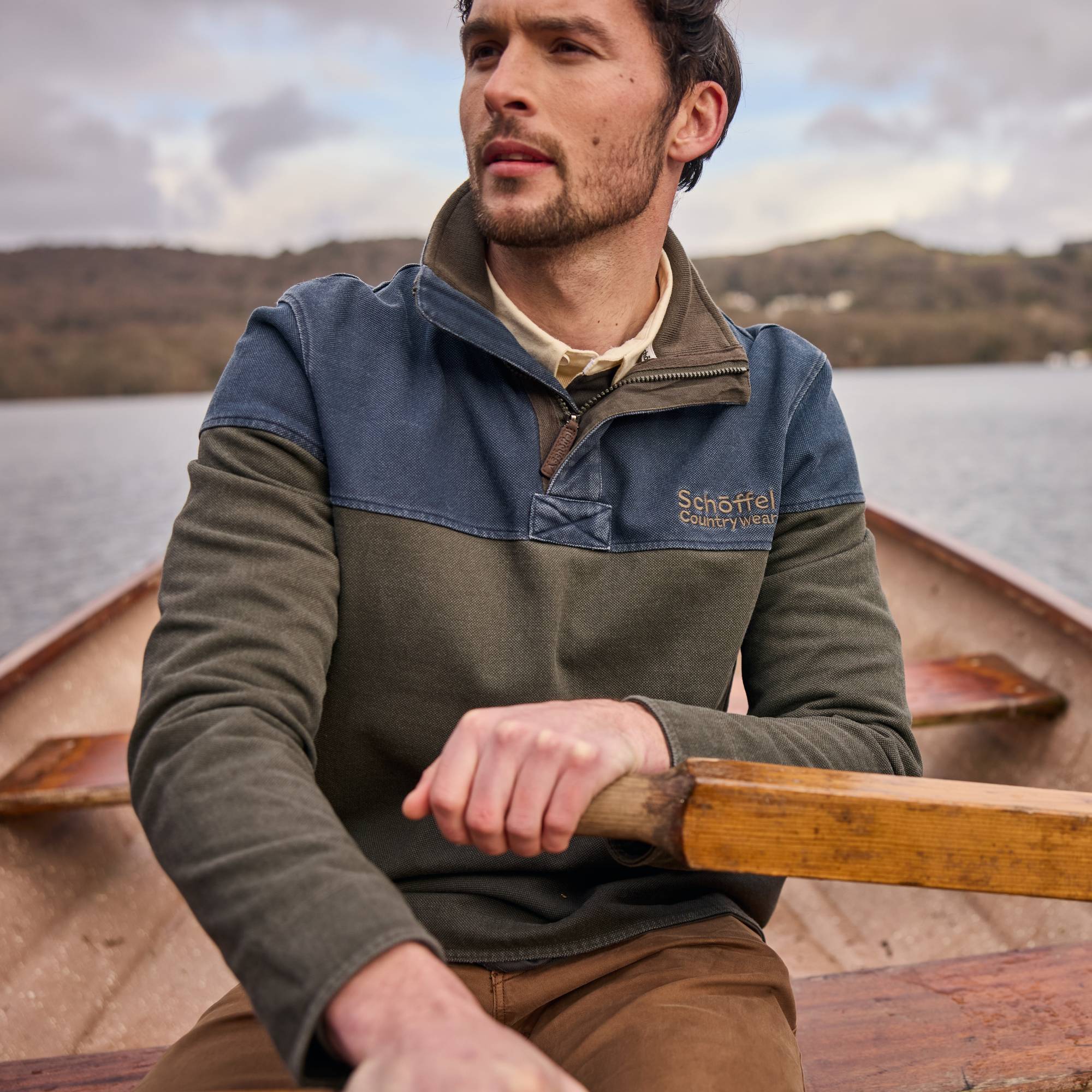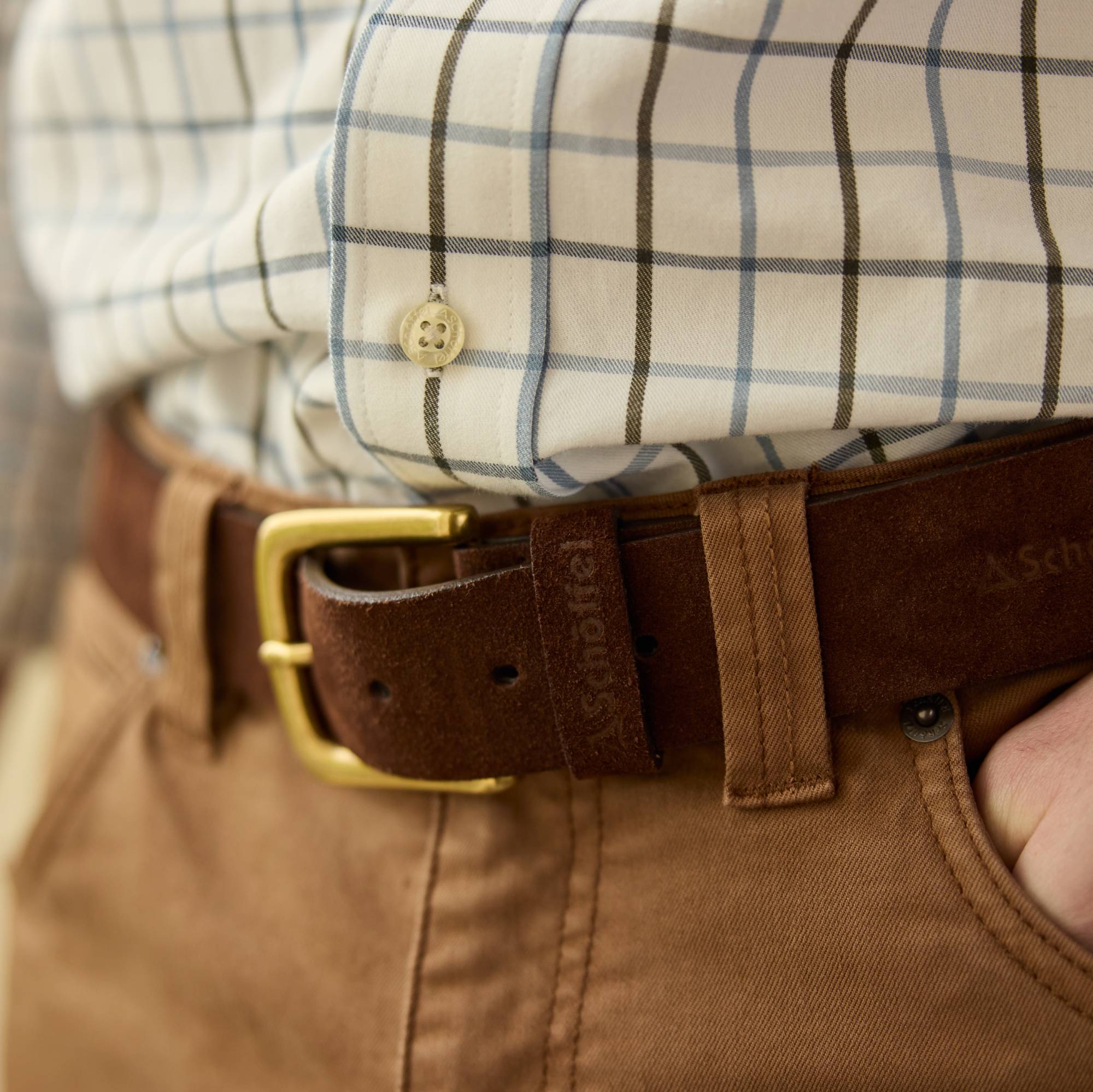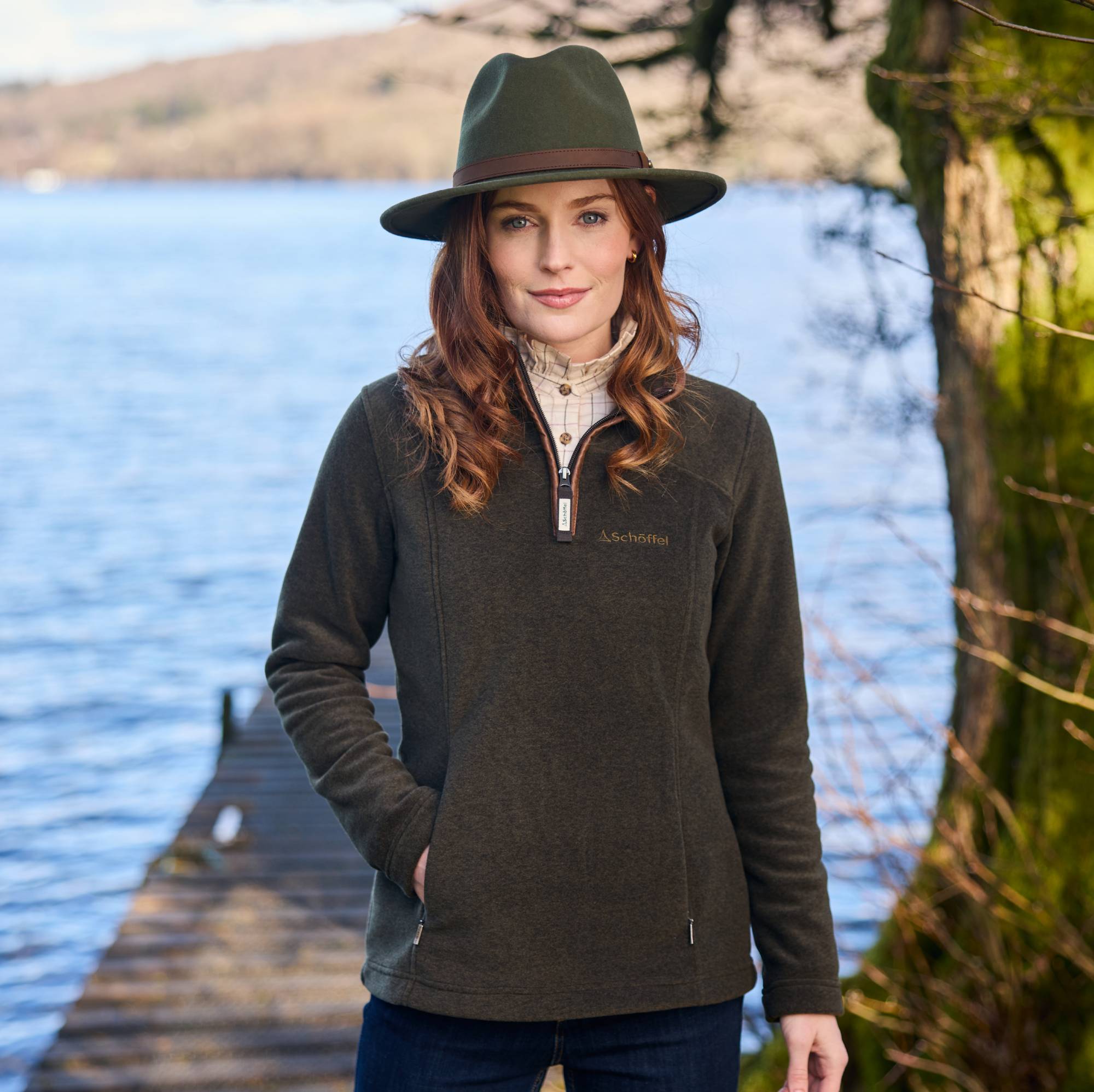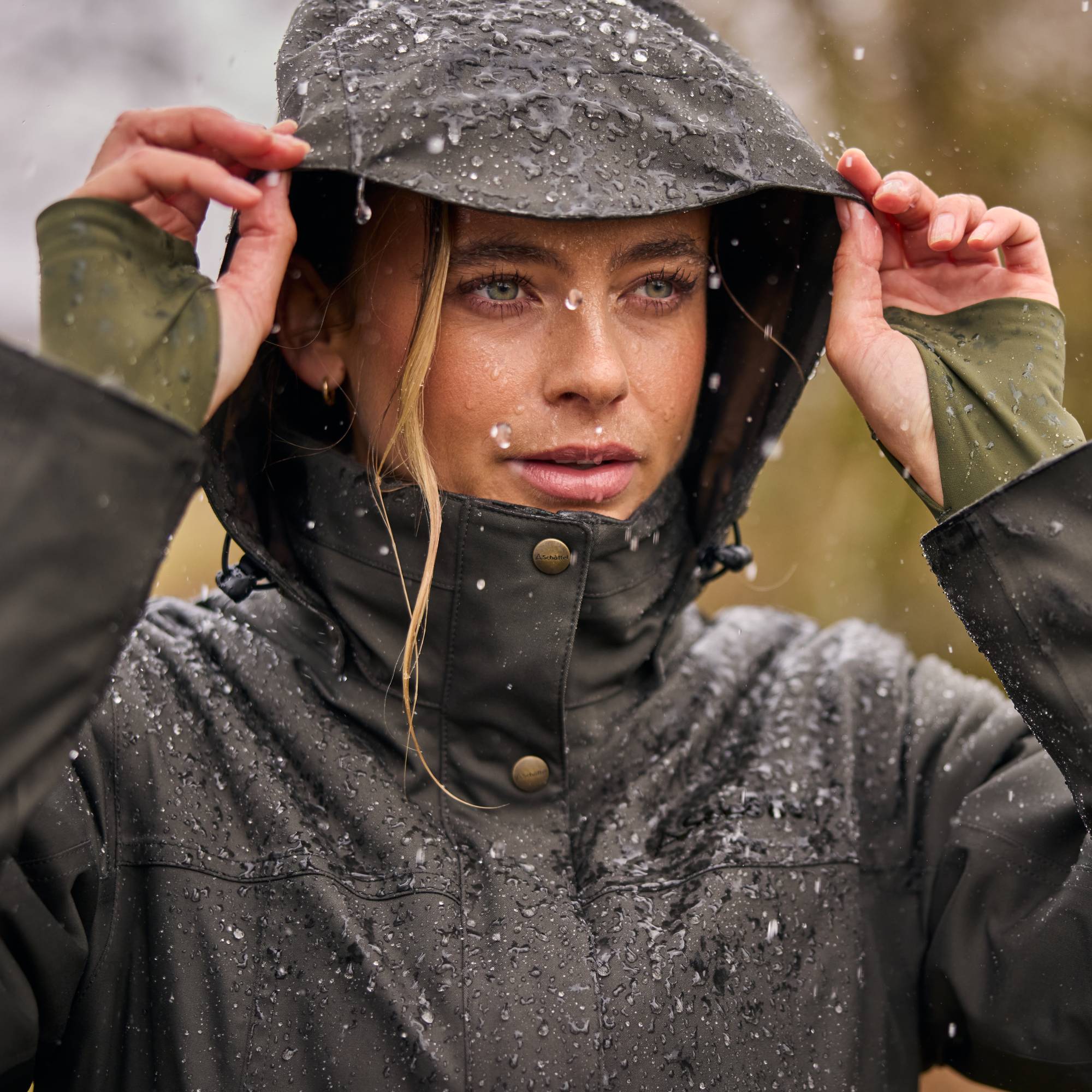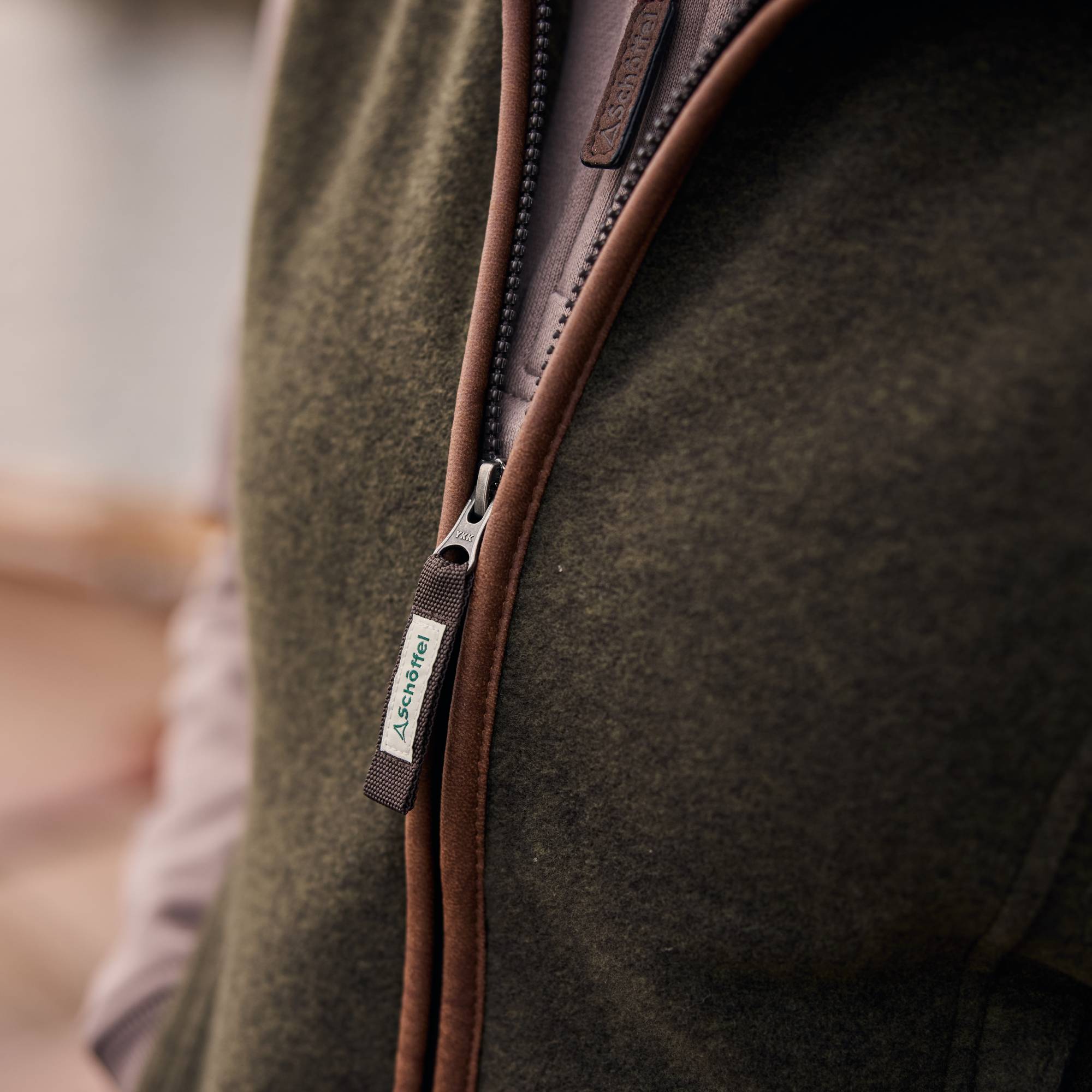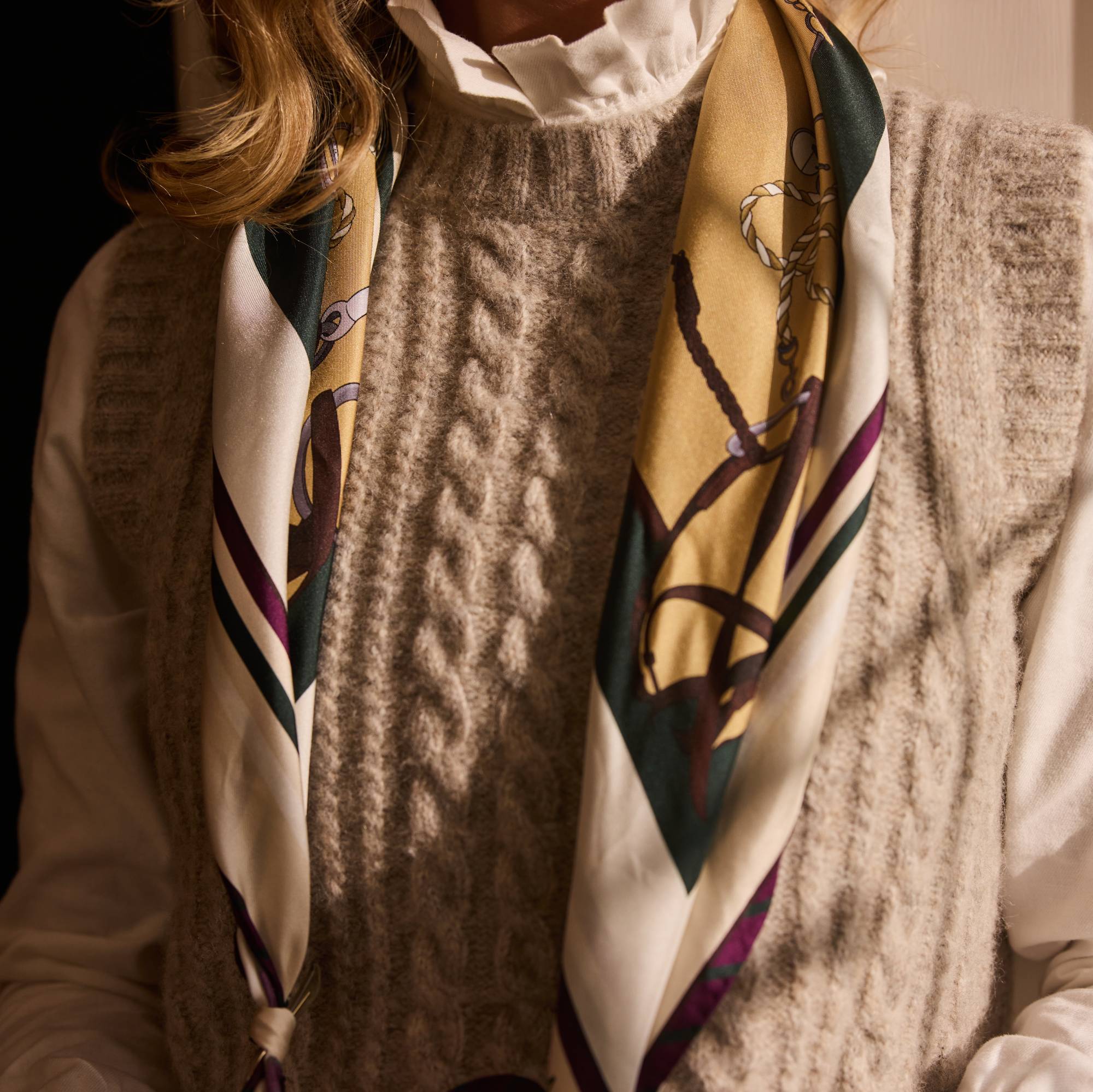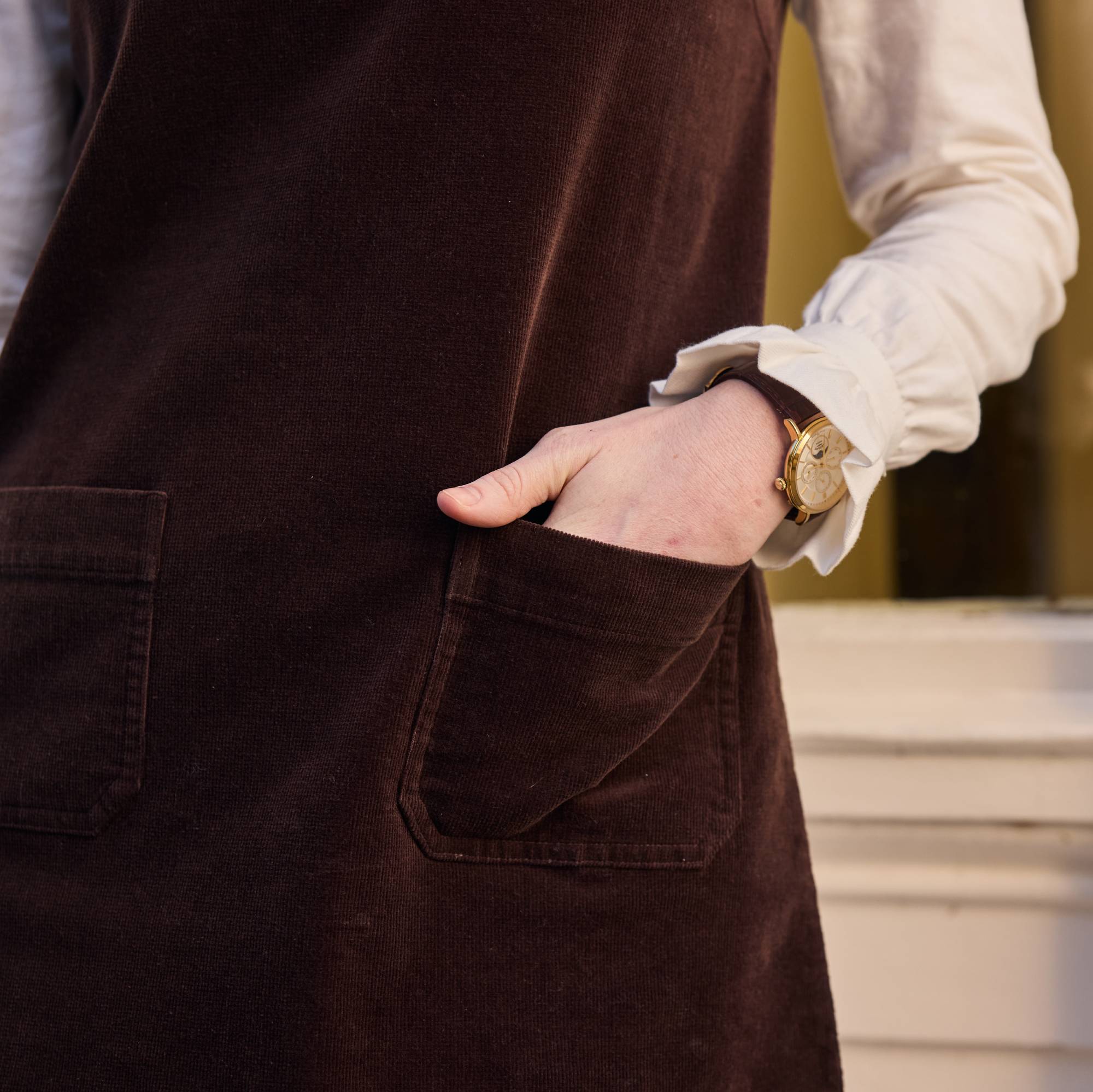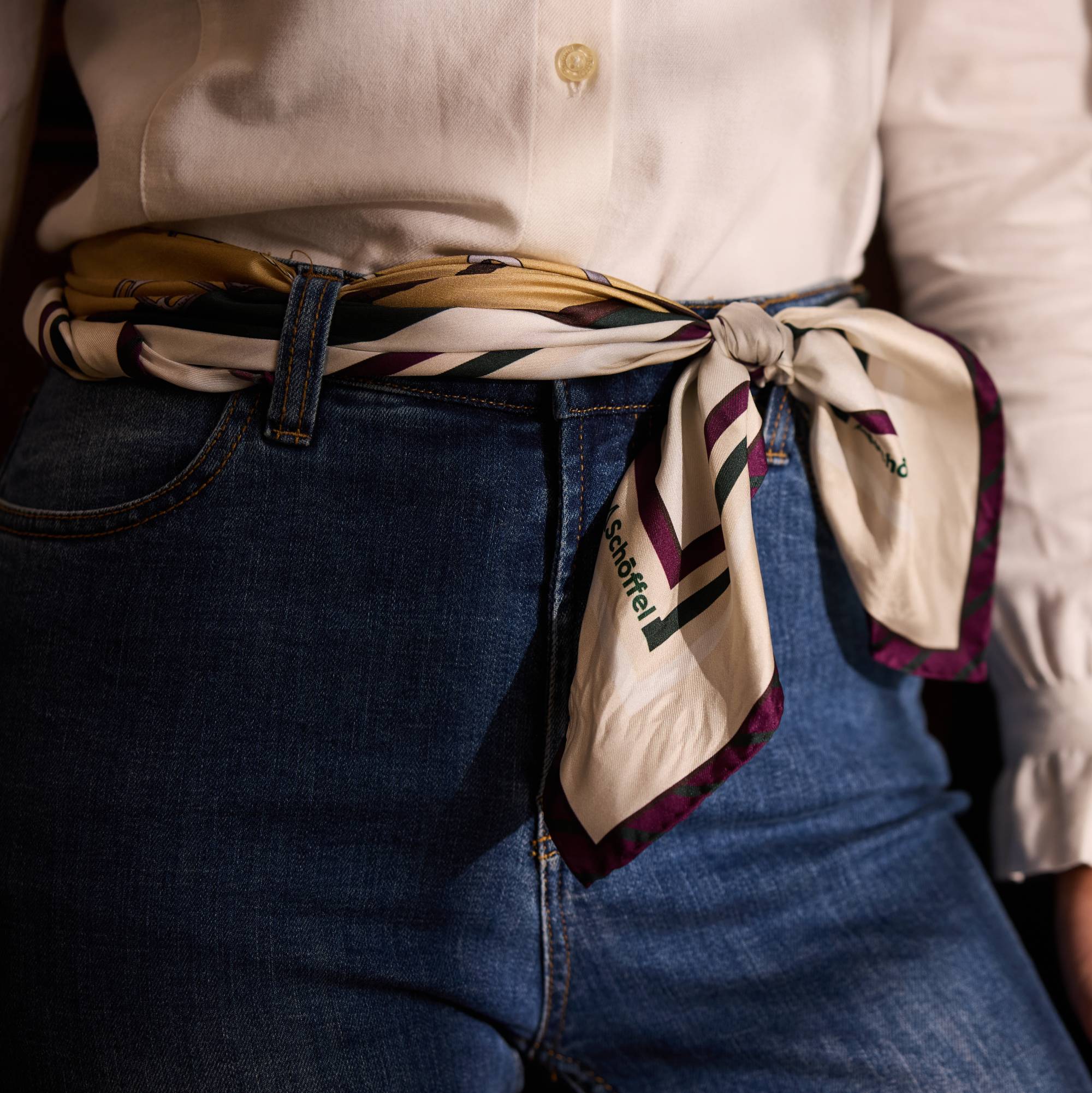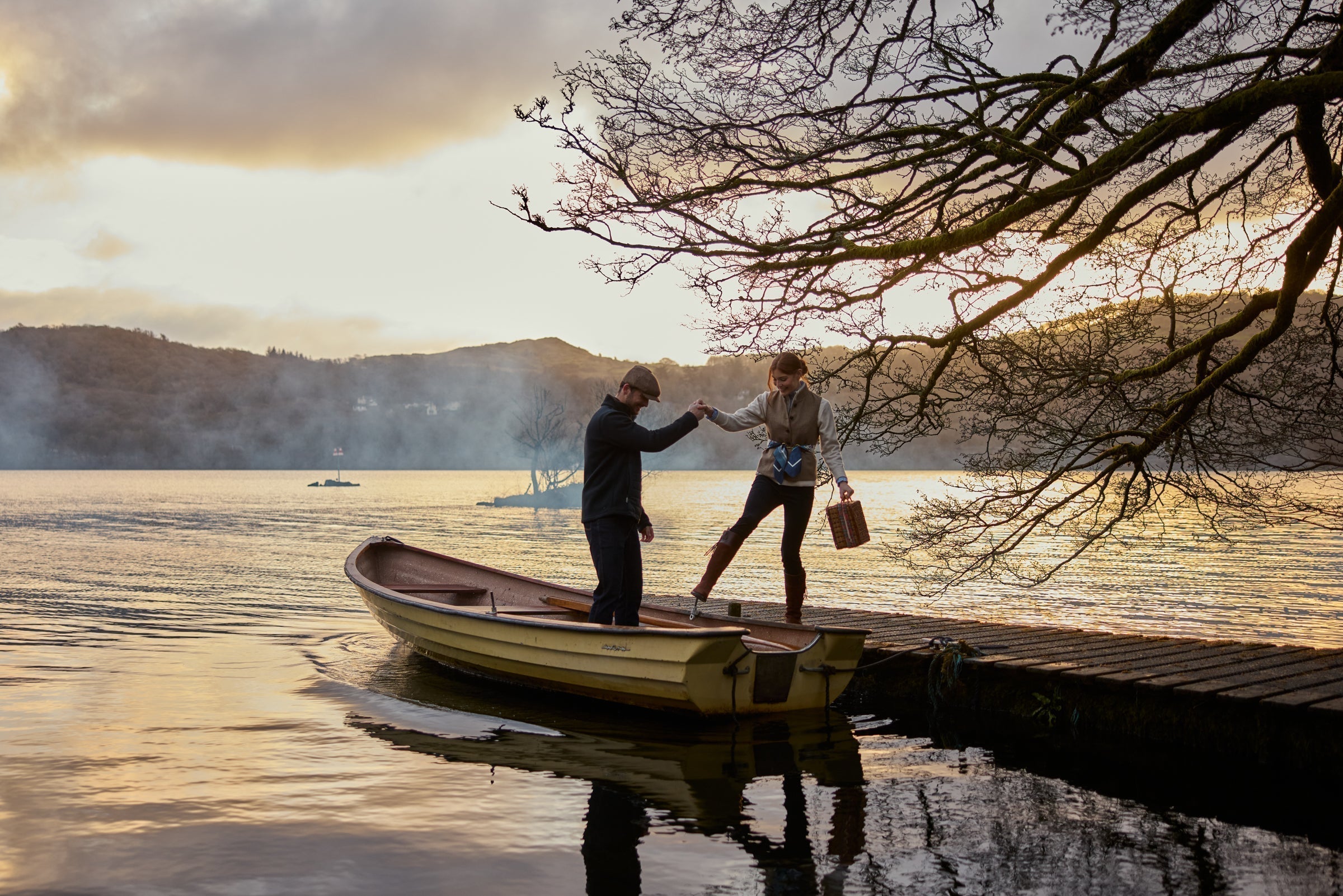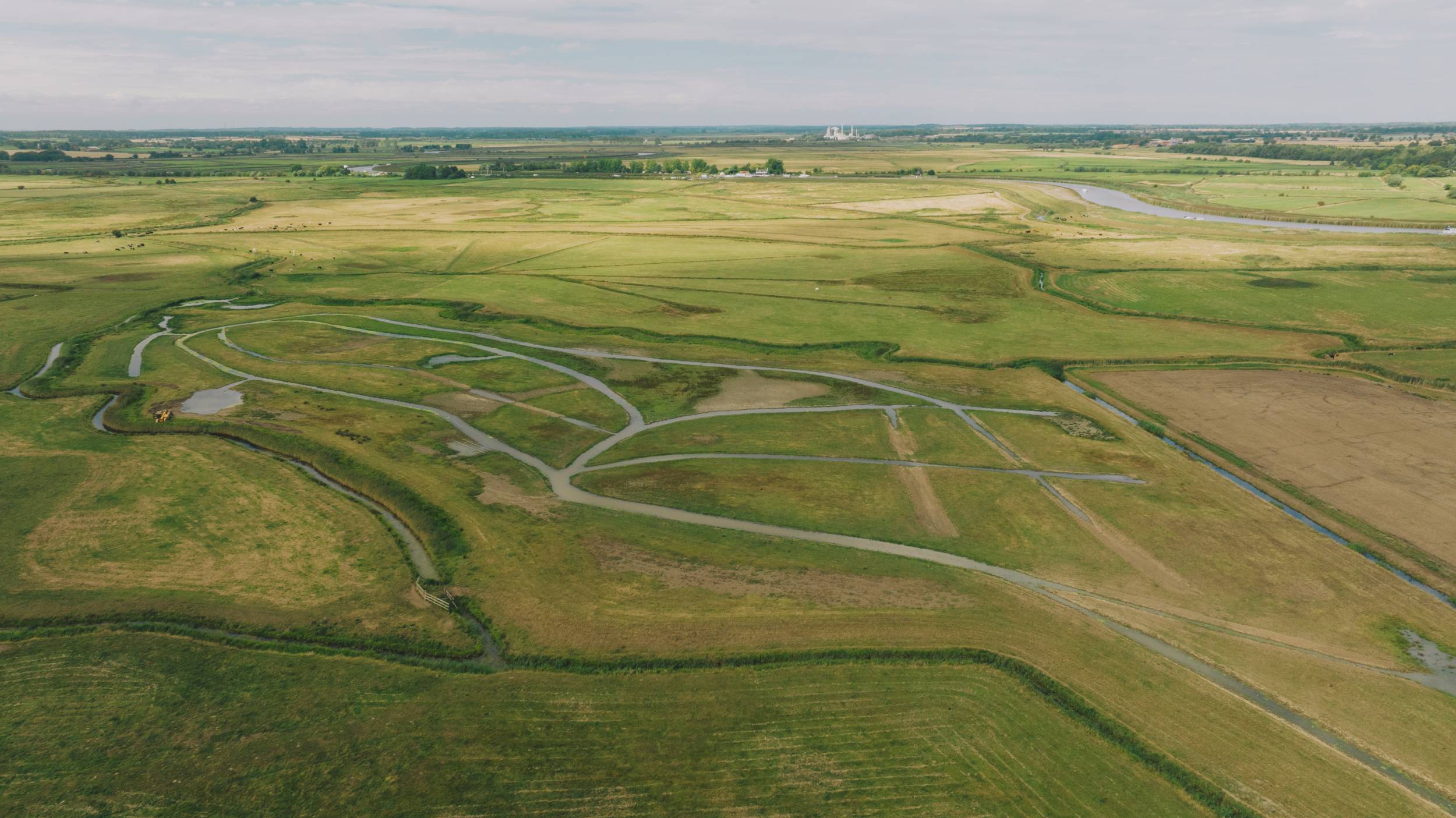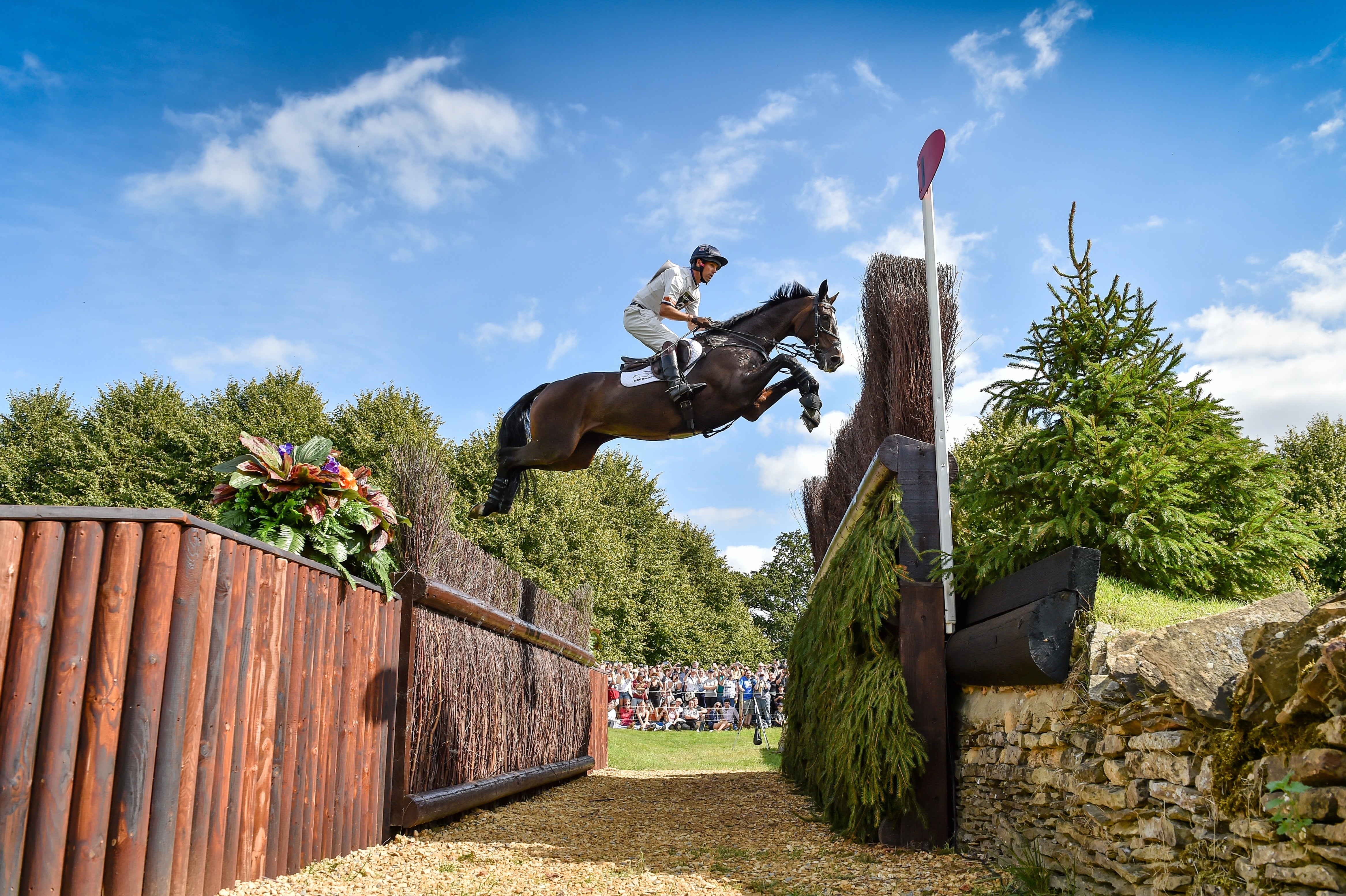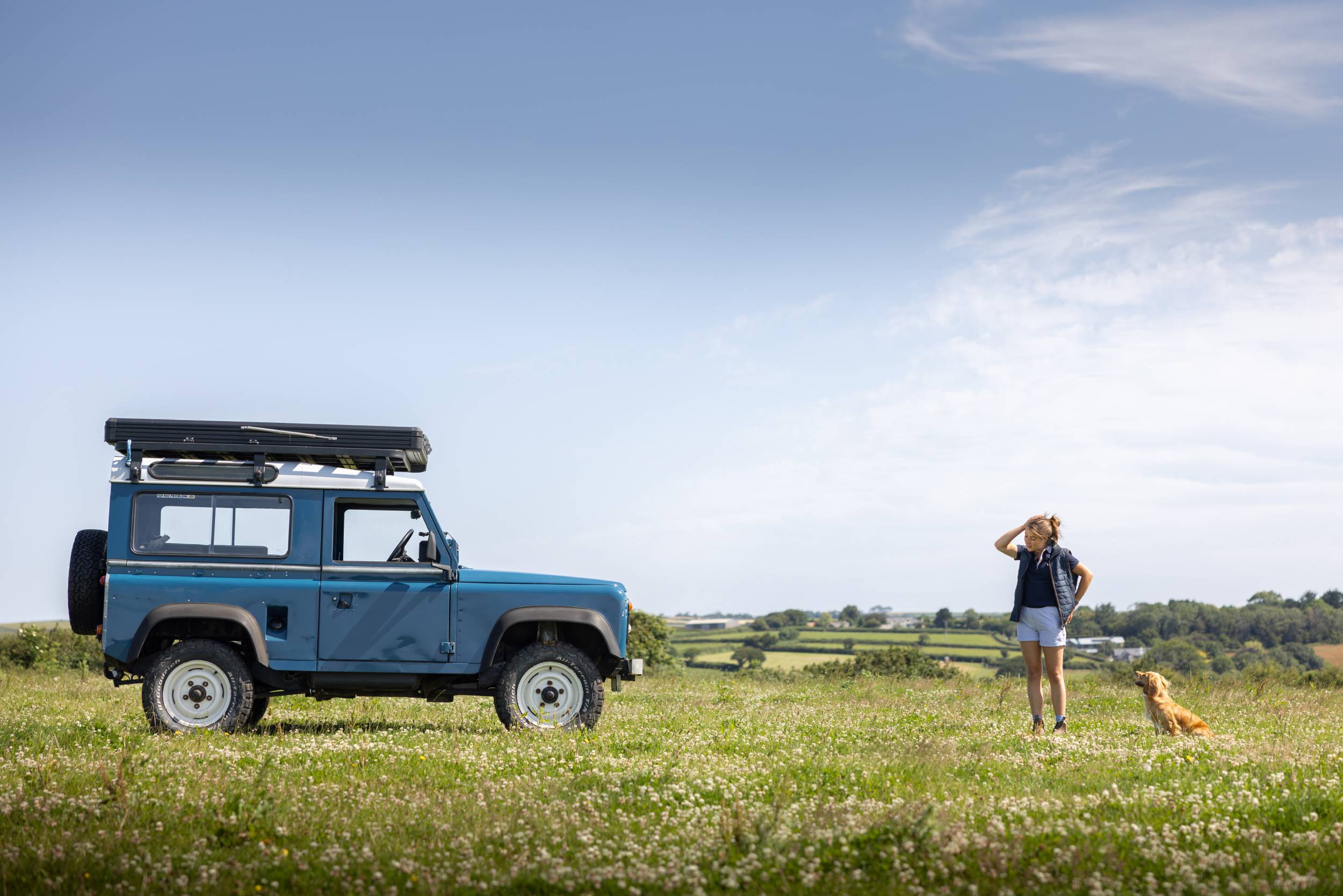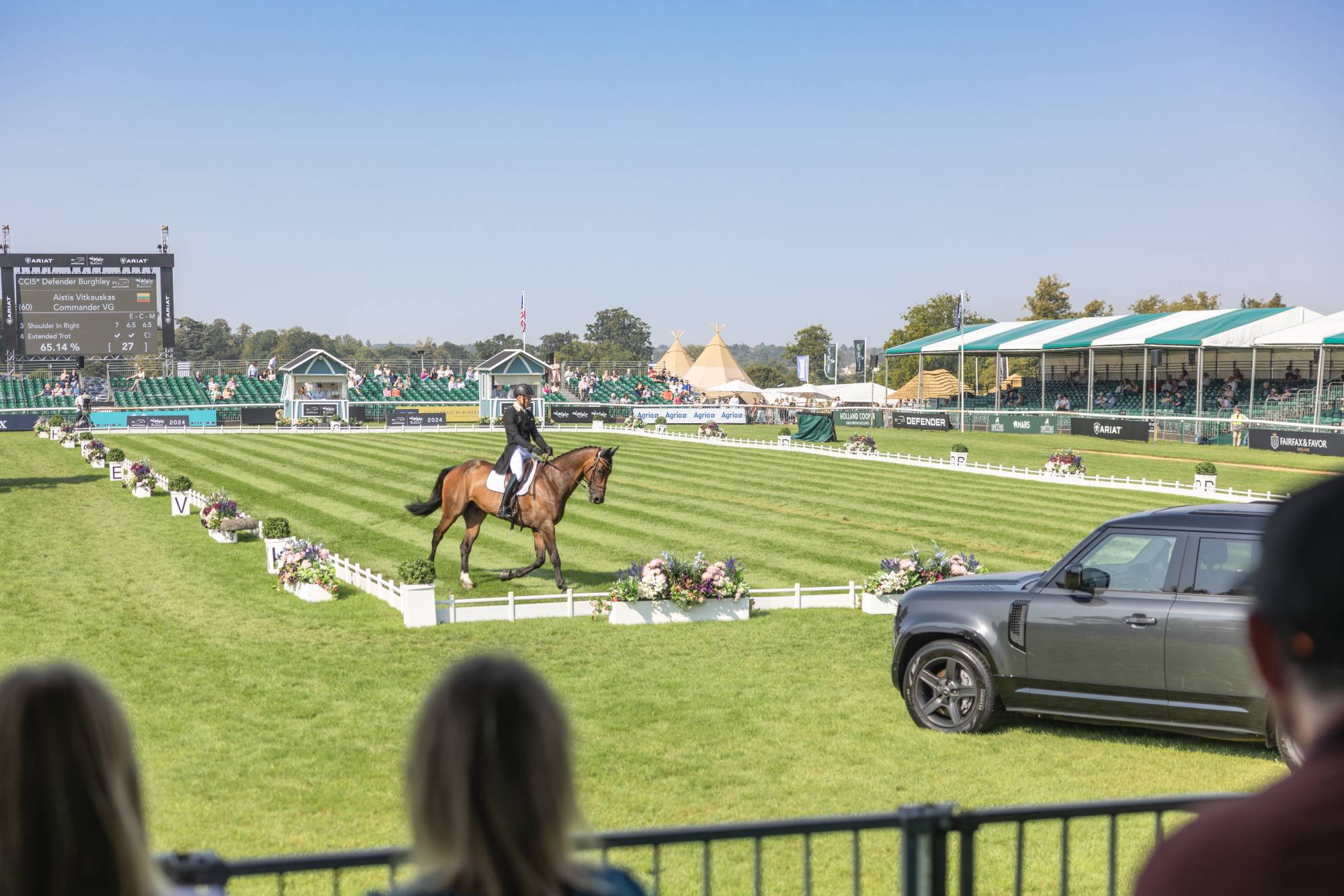

Designing a garden for RHS Chelsea Flower Show, with Nicola Oakey
For award-winning garden designer Nicola Oakey, creating a garden at the world-renowned RHS Chelsea Flower Show is a full-circle moment – a dream that was rooted in her childhood and now brought to life in a garden that aims to help keep our songbirds singing for future generations.
I have a strong connection to Chelsea Flower Show, with so many childhood memories of hearing RHS Chelsea mentioned with great excitement by my parents. They were florists and avid orchid growers who, between 1978 and 1990, regularly created exhibits for the Orchid Society of Great Britain at Chelsea – winning an incredible seven, coveted RHS gold medals during that time.
They always described RHS Chelsea to me as the pinnacle of fantastic plants and gardens, so I grew up knowing it was something very special. In fact, when I was in primary school, I’d tell the other children my favourite football team was Chelsea because I thought it was the team that represented the flower show!
Growing with nature
I grew up in rural Devon, surrounded by wild moorland and lush valleys – landscapes that deeply influenced my love of nature. I spent countless hours drawing flowers from my parents’ garden and exploring the countryside around us. Those early years sparked a lifelong love for the natural world, and that’s something which still inspires every garden I design.
While I didn’t realise it at the time, birds often featured in my childhood. I vividly remember being fascinated by the bird hides at my local reservoir, eagerly lifting the viewing hatches and trying to sit quietly to see if anything exciting appeared. Birds also signalled the changing seasons. In spring, we would wait for the first cuckoo call and the arrival of the swallows signalling winter’s departure. Then in summer, we would watch buzzards circling high in the sky on thermals of hot, hazy air. The swallows would gather on the telephone cables in autumn before heading off to hotter climes, but trusty garden regulars, like robins and blackbirds, were never far away, even during the snowiest of winters.
Outside of school, I spent a lot of time at the local community theatre group. We used to do residential trips to immerse us in the Dartmoor landscape and let our imaginations run wild. On one trip, we were woken at first light to hear the dawn chorus. The sound of birdsong was incredibly loud, I can still feel the intensity of the birds’ song on that still morning.
My passion for design was forged when I went to study at The Pickard School of Garden Design. I then joined Homebase’s year-long Garden Academy Apprenticeship scheme in 2014. After that, I was also able to combine this training with my enjoyment of writing, spending an informative year working as a trainee horticultural journalist for the RHS’ The Garden magazine.
I was very fortunate to spend nearly four years working in the studio of Gardeners’ World presenter and garden designer Adam Frost. During that time, in 2018, I took part in the RHS Young Designer of the Year competition at RHS Tatton Park Flower Show and was thrilled to be awarded a silver-gilt medal. From here, in 2019, I decided to set up my own garden design studio in Rutland where I have worked ever since and have enjoyed creating beautiful gardens for clients around the region.
Designs that connect with their surroundings
No two gardens I design are ever the same. I love how this industry combines creativity, problem-solving, and a deep connection to nature. There’s always something new to learn or experiment with. My own garden is a great place for me to try growing something new and I also have an allotment where I love to grow fruit, veg and cut flowers.
My design philosophy is all about creating gardens that feel truly connected to their surroundings. I love working on character properties where we can use local materials and traditional crafts to build spaces that feel timeless. I’m drawn to soft, curved shapes and lush, naturalistic planting. It’s hugely satisfying to reconnect people with their outside spaces and to see the joy that it brings.
A debut garden with a powerful message
Creating a show garden is always an exciting challenge and this will be my first garden at RHS Chelsea Flower Show, which is a career milestone for any garden designer, as it is recognised as the world’s most prestigious flower show and the standards required at the show are the highest.
I am delighted to be partnering with SongBird Survival, the only charity in the UK dedicated solely to halting and reversing the alarming population decline of songbirds and other small birds. It does this by supporting scientific research into the causes of decline and it offers practical expert advice on how we can all help to protect and support birds and wildlife, including in our own gardens and green spaces.
Gardeners have an affinity with birds. They are the background noise and the companions who are never far away when we're pottering outside. When I first partnered with SongBird Survival, I was shocked to learn that UK songbird populations have dropped by 50% in just two generations, so the urgency to raise awareness and act now has never been greater. The decline in songbird numbers is staggering, and we simply cannot allow our gardens to fall silent.
I’ve always appreciated the natural world – my nan brought me my first bird book at the age of just 3 – but it wasn’t until the pandemic that I became more curious about birds in my garden. During what was a very quiet and isolated time for many, the comings and goings of the birds around the feeder in my garden became a source of joy. The courtships, family disputes, feeding styles, hierarchy and songs of my daily visitors were a welcome distraction.
When I took the time to learn about the intricacies and unique characteristics of each garden bird, I realised that there are epic stories of birth, death and survival right on our back doorsteps. The ‘little brown bird’ that we can so easily miss, or dismiss, is a captivating creature with an incredible story to tell if we just stop long enough to take notice.
A garden designed from a bird’s perspective
The garden is sponsored by Project Giving Back, which is a unique grant-giving charity that funds gardens for good causes at RHS Chelsea Flower Show. The design for the garden brings together a playful, family-friendly space where children can immerse themselves in nature, with a space that is also really bird-friendly.
The SongBird Survival Garden focusses on the three key elements that songbirds need to flourish – food, shelter, water. Birds need to feel safe to explore a garden, so shelter in the form of trees, shrubs, hedges and evergreen plants is important. I was inspired by how birds move around gardens and think that if we try and have more of a bird’s perspective we can see how they need these ‘green corridors’ of plant cover to help them navigate safely. The garden has two meandering paths through it which mimic a bird’s movement through the garden’s countryside-inspired planting scheme.
We are a nation who love to feed birds with feeders, but I want to inspire people to grow more plants that will provide natural food sources for birds to find. I have used plants which provide fruits, hips, seeds, as well as plants that will attract more insects into the garden too. It’s really important that we help people to appreciate the importance of garden ‘pests’ as a vital food source for birds. Pesticide use is linked to the decline in songbird numbers, so we should be actively encouraging more birds into our gardens to remove the pests for us. A blue tit will feed each of its chicks around 100 caterpillars a day, the adult birds also love to eat aphids too.
Finally, shallow water in the garden provides places for birds to drink and bathe. The water is positioned close to shrubs and hedging, so that the birds can quickly dart for cover. They are very vulnerable to predators when they are bathing.
The central focal point in the garden is a distinctive human-sized ‘birdhouse den’ made from reclaimed materials. It provides a space for a family to sit and engage with the garden around them. The den is decorated with handcrafted metalwork motifs which have been made especially for the garden by Cambridgeshire-based artist Jeni Cairns. We hope the public will love the intricate circular motifs which are plasma-cut from repurposed oil drums. The designs depict six key songbirds – greenfinches, starlings, yellowhammers, skylarks, willow tits and house martins, all of which are currently on the UK’s ‘red list’ following their population decline over recent years.
A garden legacy
The icing on the cake for this project is that following the show, our garden will go on to have a permanent home as it is being relocated to a bustling community centre, in Bransholme, Hull which is managed by the Neighbourhood Network charity. This community centre will be a well-loved resource for all ages to learn about the natural world, gardening and enjoy the well-being benefits that come from spending time in nature, listening to birdsong.
I do hope visitors and viewers of the show will love the garden and be able to take home ideas and inspiration to benefit the birds in their own gardens.
